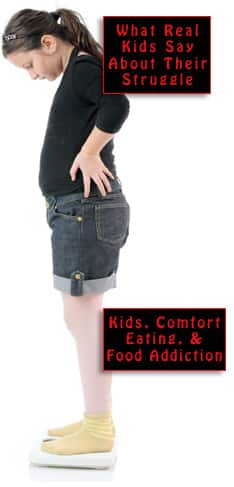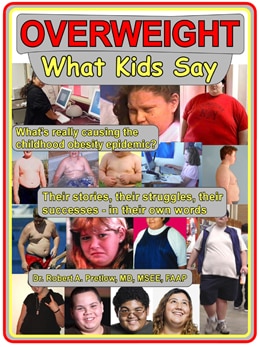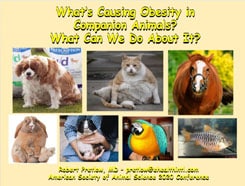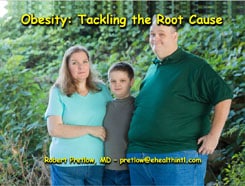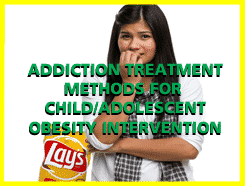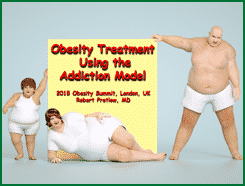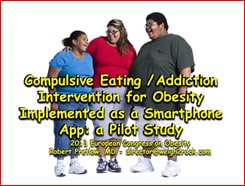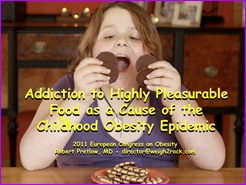
In an earlier post, the question about learning came up. Does someone with an eating disorder discover the lifestyle on their own, spontaneously? Or do they absorb the concept, either covertly or openly, from an older relative, or from a peer, or from the older relative of a peer? Or read about it in a novel, or see a TV show?
Of course these questions are already archaic, because now this dangerous information is easy to pick up from social media and other internet sources. But in the old days, how might someone have stumbled onto the idea of, for example, habitual vomiting as a method of weight control?
In the close confines of the family environment, a child can hardly avoid noticing behaviors associated with eating disorders. The thing about children is, they not only notice things, but assume that what they see at home is how things are supposed to be. By and large, it is helpful to society for children to make this assumption. Babies are born fully prepared to look at and imitate the older humans in their environment who take care of them. Parents, older siblings, and other relatives are expected to be role models, who demonstrate to babies how to form themselves into people.
Children have eyes and ears
In the past, a typical one-family home or apartment would only have one bathroom. What on earth was Aunt Cindy doing, spending so much time in there? How many moms spent extra moments in the basement, next to the wringer washing machine, throwing up into the utility sink?
What other behaviors could be discovered or learned? How many teenage girls have appreciated the convenience of making unwanted food disappear into the mouth of the family dog? And if kids don’t pick up eating disorder behaviors from grownups, how do those notions originate? For instance, is throwing up after meals, like masturbation, a behavior that any child can eventually discover on their own, without witnessing a demonstration?
A bit of history
Bulimia nervosa has been described as “insatiable waves of overeating followed by compensatory methods,” driven by the irresistible urge to overeat that is in constant conflict with the fear of obesity. Once bulimia was formally introduced into the medical literature, many more cases were identified and diagnosed, as might be expected. In successive editions of Diagnostic and Statistical Manual of Mental Disorders, as well as other literature, definitions were characterized according to the frequency with which patients employed compensatory behaviors. This fine-tuning allowed cases to be sorted into the categories of mild, moderate, and extreme.
It appears that bulimia usually kicks in at the age of 16 or 17, and the author mentions the unexpected detail that “the rates are highest among the Hispanic/Latino population, second highest among African-Americans and lowest in non-Latin whites.” (Anorexia, on the other hand, is most prevalent among non-Latin whites.) Elena Bowie writes,
Studies have found that eating disorders are inheritable, in addition to several other parental factors that can influence the susceptibility of developing an eating disorder, like parental mental illness or parents with negative views of weight…
To diagnose bulimia may be difficult because patients “are likely to hide their symptoms and physical signs are usually absent.” Often, the evidence is provided by parents or other people in a position to notice changes in behavior. Some of them notice the signs because they have had personal experience with an eating disorder, and have overcome the urge to make it a lifestyle. The author cautions,
The most important thing to take note of is that recovery from Bulimia is not a one size fits all approach and requires careful planning of the physical, psychological, and social needs to create the best possible chance for recovery.
Your responses and feedback are welcome!
Source: “History of Bulimia nervosa,” Emory.edu, 04/01/21
Image by Shutterbug75

 FAQs and Media Requests:
FAQs and Media Requests: 